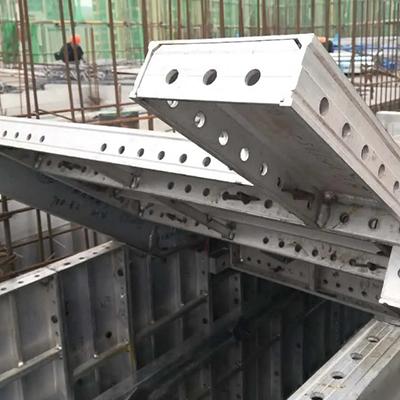Aluminum veneer, also known as aluminum cladding or aluminum facade panels, refers to thin sheets of aluminum that are used to cover the exterior or interior surfaces of buildings. These panels are designed for architectural purposes, providing both functional and aesthetic benefits. Here are some key features and benefits of aluminum veneer: Durability: Aluminum veneer is resistant to corrosion, weathering, and UV radiation, making it a durable choice for exterior applications. Lightweight: Compared to other cladding materials like steel or concrete, aluminum veneer is lightweight, which makes it easier to handle and install. Aesthetic Flexibility: Aluminum veneer panels can be coated with various finishes, colors, and textures, allowing for a wide range of design possibilities. They can mimic other materials like wood or stone, providing versatility in architectural design. Energy Efficiency: When used in building facades, aluminum veneer can contribute to energy efficiency by providing insulation and reducing heat transfer. Some panels are designed with thermal breaks to improve their insulating properties. Maintenance: Aluminum veneer is relatively low maintenance. It does not rust and can be easily cleaned with standard cleaning solutions. Environmental Benefits: Aluminum is a recyclable material, and using aluminum veneer can contribute to sustainable building practices. Fire Resistance: Aluminum veneer panels are non-combustible, adding an extra layer of safety to buildings in case of fire. Applications: Common applications of aluminum veneer include office buildings, commercial complexes, residential buildings, and public infrastructure like airports and train stations. Overall, aluminum veneer is a popular choice in modern architecture for its combination of durability, versatility, and aesthetic appeal.




 English
English français
français Deutsch
Deutsch русский
русский español
español português
português العربية
العربية ไทย
ไทย Việt
Việt Українська
Українська































 online service
online service 0086 13635632360
0086 13635632360
 008613635632360
008613635632360